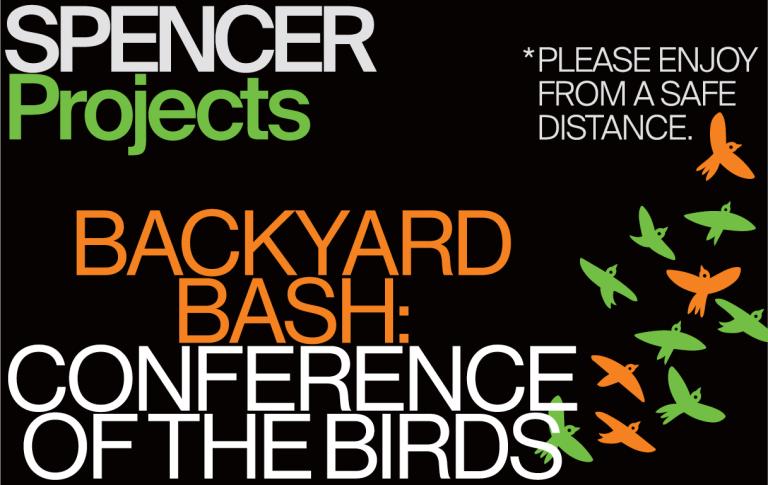Would scarcely know that we were gone, Christopher T. Creyts; Matthew Day Jackson; Collaborative Art Editions
Artwork Overview
Matthew Day Jackson, artist
born 1974
Collaborative Art Editions, publisher
Christopher T. Creyts, printer
Would scarcely know that we were gone,
2015–2016
Portfolio/Series title: There Will Come Soft Rains
Where object was made: United States
Material/technique: color intaglio
Dimensions:
Image Dimensions Height/Width (Height x Width): 490 x 331 mm
Image Dimensions Height/Width (Height x Width): 19 5/16 x 13 1/16 in
Sheet/Paper Dimensions (Height x Width): 686 x 521 mm
Sheet/Paper Dimensions (Height x Width): 27 x 20 1/2 in
Plate Mark/Block Dimensions (Height x Width): 494 x 334 mm
Plate Mark/Block Dimensions (Height x Width): 19 7/16 x 13 1/8 in
Image Dimensions Height/Width (Height x Width): 490 x 331 mm
Image Dimensions Height/Width (Height x Width): 19 5/16 x 13 1/16 in
Sheet/Paper Dimensions (Height x Width): 686 x 521 mm
Sheet/Paper Dimensions (Height x Width): 27 x 20 1/2 in
Plate Mark/Block Dimensions (Height x Width): 494 x 334 mm
Plate Mark/Block Dimensions (Height x Width): 19 7/16 x 13 1/8 in
Credit line: Museum purchase: Peter T. Bohan Art Acquisition Fund
Accession number: 2016.0024.13
Not on display
If you wish to reproduce this image, please submit an image request



